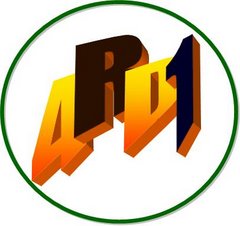Pick a 3-digit number where the first and last digits differ by 2 or more...
Subtract the smaller of these two numbers from the larger one.
Add the result to its own reverse.
Why is this always equal to 1089?
This is one of the better tricks of its kind, because the effect of reversing the digits is not obvious to most people at first... If the 3-digit number reads abc, it's equal to 100a+10b+c, and we have the following result after the second step:
| (100a+10b+c) - (100c+10b+a) | = 99 | a-c |
The quantity | a-c | is between 2 and 9, so the above is a 3-digit multiple of 99, namely: 198, 297, 396, 495, 594, 693, 792 or 891. The middle digit is always 9, while the first and last digits of any such multiple add up to 9. Thus, adding the thing and its reverse gives 909 plus twice 90, which is 1089, as advertised.

No comments:
Post a Comment